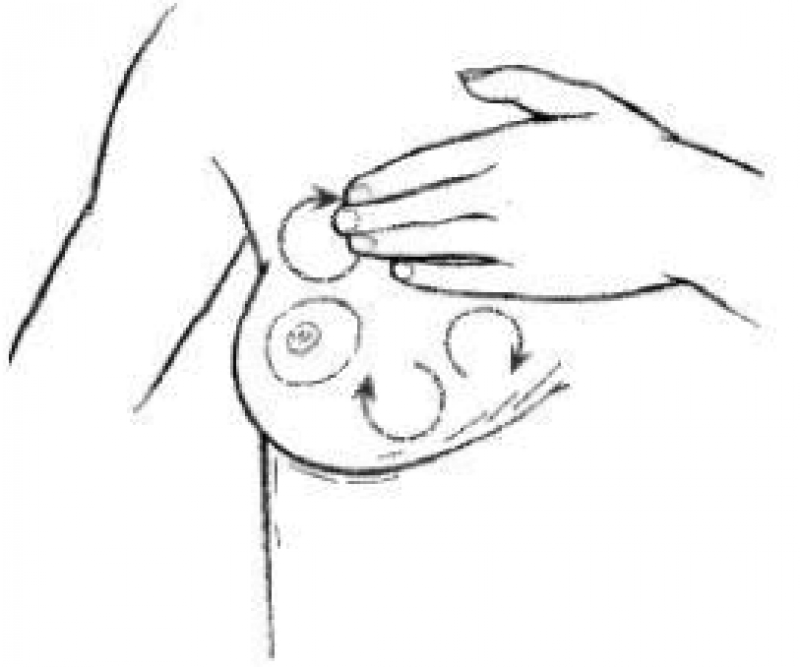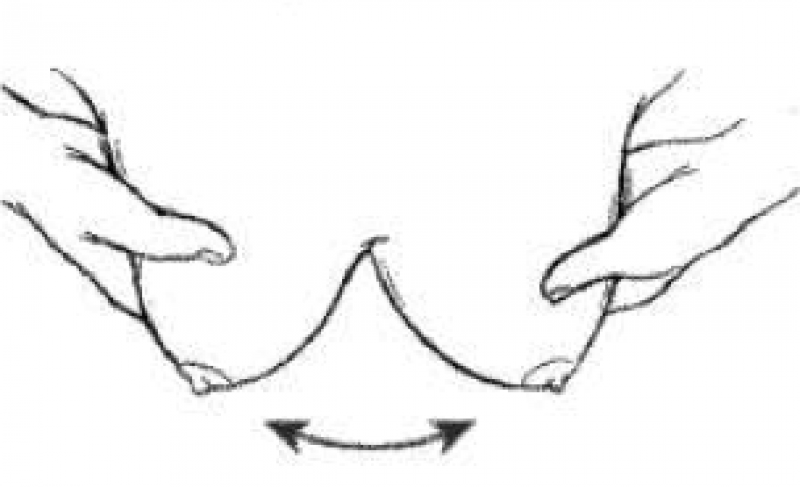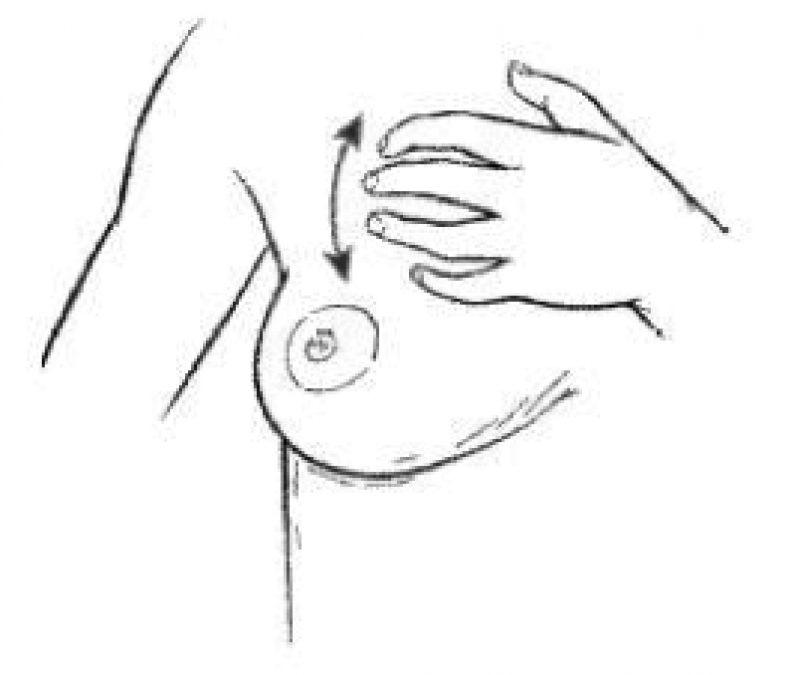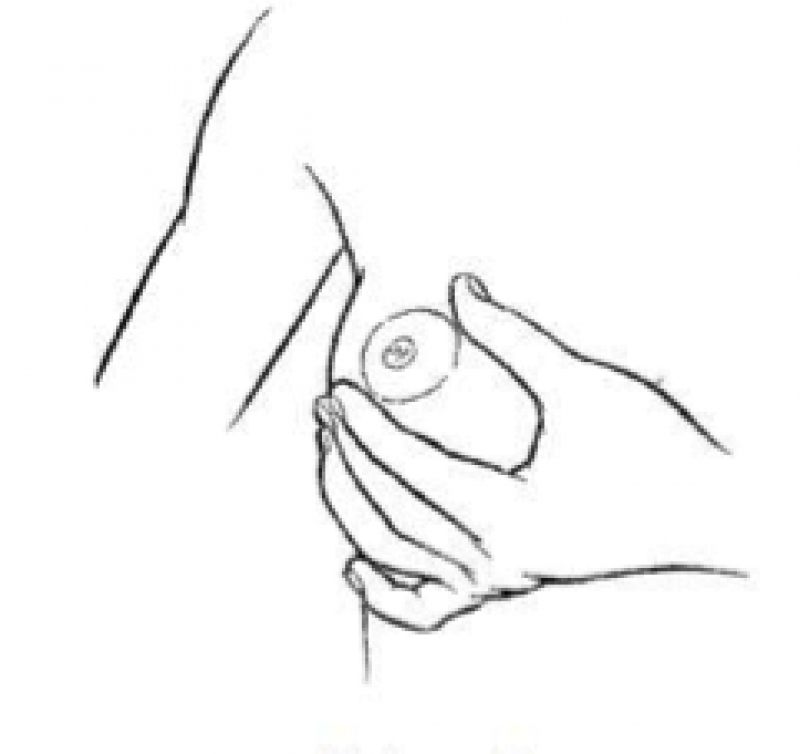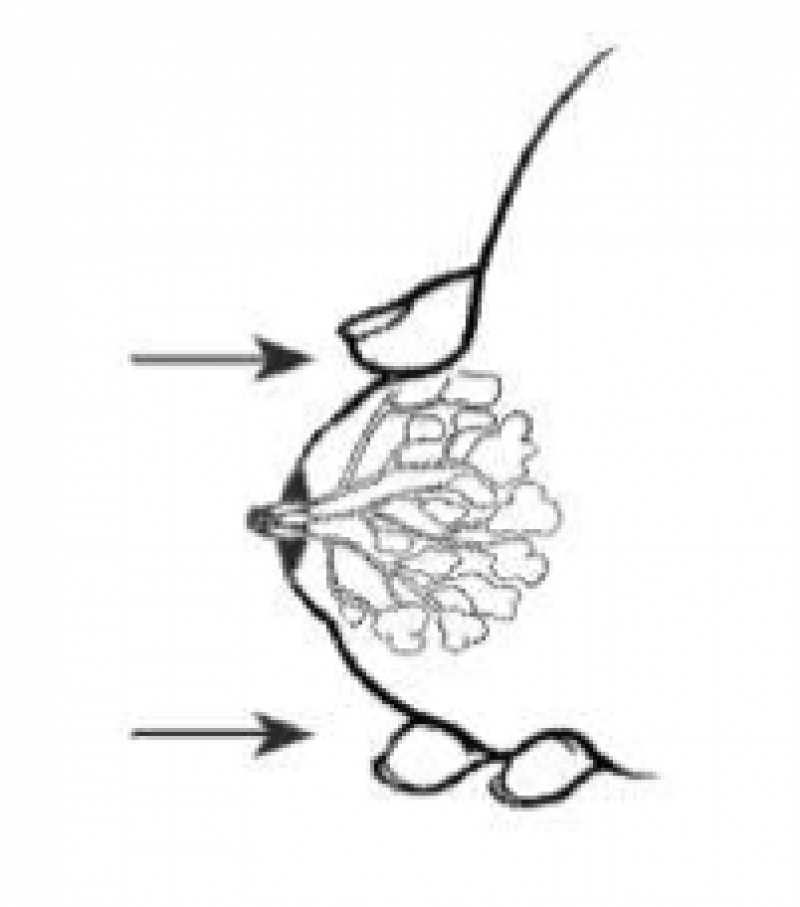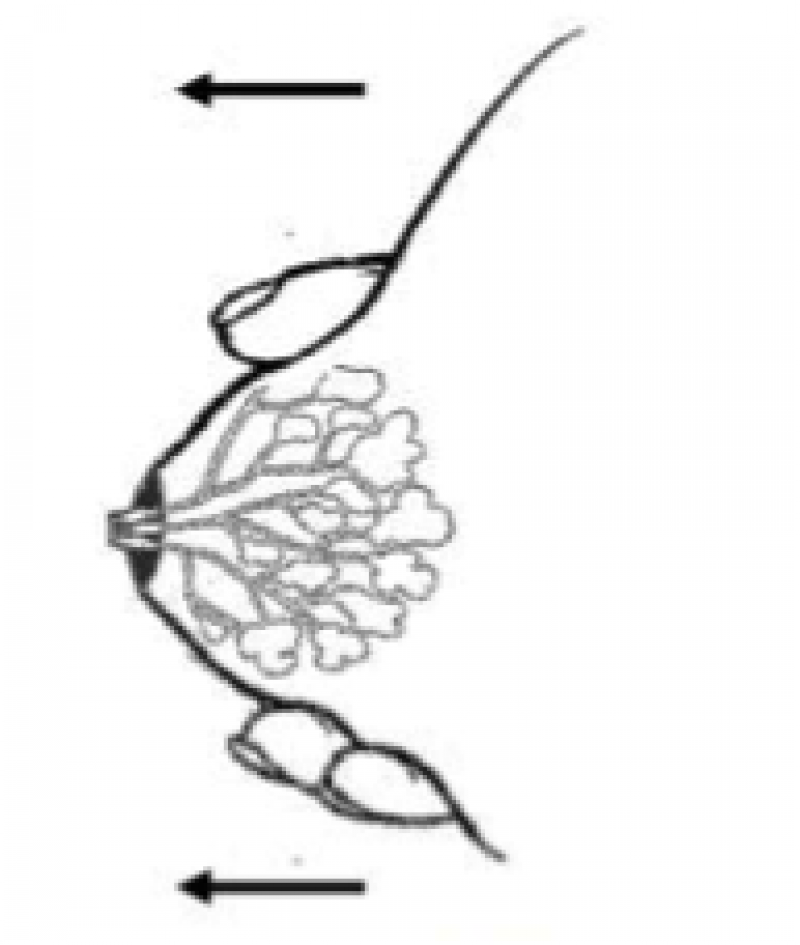Why pump and when?
A breast pump helps you remove breast milk from your breasts. You can use the milk at a later time to feed your baby. Women express their milk for a number of reasons:
- Mothers returning to work or school can pump so baby can have breast milk when they are not around.
- Your husband or other caregiver can give baby breast milk so you can take a break.
- To increase supply – pumping after baby finishes breastfeeding will help to increase your supply. Also, if your baby breastfeeds from only one breast, you can pump the breast he doesn't eat from.
- To relieve over-supply – you can pump just enough to relieve discomfort and prevent engorment or you can pump just before breastfeeding if you have a foreceful letdown that baby has trouble managing.
In the first few weeks after your baby’s birth, it’s best to just breastfeed your baby unless you make more milk than your baby takes and you need some relief. Good times to pump are:
- Early in the morning or late in the evening.
- When your baby sleeps longer at a certain time of day.
- Generally if you are breastfeeding and pumping during the same feeding session, only pump after you have finished breastfeeding as pumping before the feed will reduce the amount of milk in the breast. However, if you have a foreceful let-down you can pump for a few minutes before breastfeeding.
- If you want to increase supply, pump immediately after breastfeeding as waiting an hour or so decreases the likelihood the breast will be as full as possible for the next feed.
Just remember, pumping is not a good way to judge milk supply, as babies are much more efficient at getting more milk from your breasts than a pump.
There are three ways to pump, or express, your breastmilk: 1) Hand expresssion, 2) Manual pump, and 3) Electric/battery pump. We talk about the uses and how to do each below.
Hand expressing your breast milk
Hand expression is free; no equipment to buy! You can use this method if you don’t need to pump very often or if you don’t need a lot of milk at one time. It is also helpful if you experience engorgement and need relief. It takes practice and time to learn to express milk so don’t be discouraged if you have trouble at first. It’s easier to express milk if you are relaxed. You could try a warm shower or warm, moist compresses placed on the breasts to stimulate the milk to leak out before starting.
Step-by-step guide to hand expressing breast milk
1. Wash your hands thoroughly with soap and water for 15 seconds.
2. Massage the breasts in small circular motions around the perimeter of the breast.
3. Stroke your breasts with your fingernails in a down-ward motion toward the nipple.
4. Lean forward and gently shake the breasts.
5. Place your thumb on top and your forefinger under the nipple.
6. Gently push your finger and thumb back toward your chest.
7. Squeeze gently in a “milking” motion to remove the milk.
8. Repeat the procedure, changing the position of your grasp on the breast so that all ducts are drained.
9. Repeat on the other breast.
10. Express the milk into a clean container. Some women prefer to use a cup or bowl.
Source: Nationwide Childrens, http://www.nationwidechildrens.org/breast-care-and-expressing-milk
Manual and electric pumps
The type of breast pump you choose depends on how often you use it and how long you can spend using it. If you plan on pumping regularly or you are working and need to express milk quickly, then chose an electric pump. If only pumping occasionally, an inexpensive manual pump may be suitable.
Follow the manufacturers guidelines on how to use and care for the pump. However, always wash your hands before starting. With an electric/battery pump, you should pump for a maximum of 15 minutes each side. If breasts run “dry” before 15 minutes, pump until dry then add 2 minutes. Try breast compressions to increase the amount you can pump. Pumping should not hurt, so if it does, lower the suction setting, ensure the nipple is centered in the flange and/or pump for a shorter period of time.
Storing and Preparing Expressed Breastmilk
Storage method
- Store breast milk in a sterilized feeding or storage bottle made of plastic or glass, or a plastic bag made especially for storing milk.
- If freezing only fill the container three-quarters full to allow for expansion.
- Store the milk in the amounts that you normally use at a feeding e.g. if your baby normally drinks 100ml then store in 100ml portions.
- Write the date on the bottle or bag before putting it in the refrigerator or freezer.
- Don't combine fresh milk and frozen milk, by topping off a frozen container with some fresh milk, for example.
Storage times
- At room temperature for up to 6-8 hours.
- In the fridge for up to 5 days.
- In the freezer (with its own door) for 3-6 months
- In a deep freezer for 6-12 months.
- Thawed frozen milk can be kept in the refrigerator for up to 24 hours or at room temperature for 1 hour.
Preparing expressed milk
- To thaw frozen milk, put the bottle or bag in the refrigerator or swirl it in a bowl of warm water. Make sure the bottle or bag is sealed so that water doesn’t get into the milk.
- To warm thawed or refrigerated milk, put the bottle or bag under running hot water or in a bowl of warm water. Never heat breast milk in the microwave. It kills nutrients in the milk. Also, the milk can heat unevenly and create hot spots that could burn your baby’s mouth.
- Before you give the milk to your baby, shake the bottle or bag. Put a drop or two of milk on the back of your hand to test the temperature. If it’s too hot, let it cool.
- It is normal for the fat to separate and float to the top, and sometimes it will have a bluish hue. Don't shake; instead, gently swirl it to mix the fat back in.
- Health professionals differ on using milk left in your baby's bottle after a feeding. Some tell you to discard it, while others say it can be reused once as long as it is refrigerated right away and used within four hours.
Category: Pumping & Bottle Feeding
